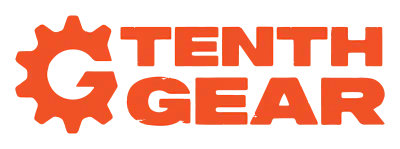Remote Force Automation
Background
The company provides custom solutions for sales reps who frequently work in the field. Their territories are distributed throughout the United States in urban and rural areas.
Problem
While cell reception improves yearly, data coverage can still be spotty or non-existent, especially in rural or mountainous areas. The company’s flagship product requires a reliable high-speed data connection, so some reps could not use the solution consistently.
That presented two significant problems :
- Reps had to remember to create notes in the system after completing client appointments and rely on memory for content. Skipping notes resulted in missing valuable information.
- If their appointment finished early or was canceled, optimizing the time and finding another lead nearby was impossible without driving some distance to obtain a solid data connection.
Challenges
The solution had to work with the existing software developed by the company and with minimal changes to the flagship product.
Solution
Two potential solutions were identified after analyzing the requirements and reading the user’s feedback.
Before finalizing the approach, it was decided to create a minimal product prototype and field test it, then use the outcomes to finalize the direction.
The prototype was important so reps could try the solution in the field. The real test was critical to ensure the best approach was selected and didn’t cause unintended problems.
Voice Interface
The Voice Interface relied on phone service availability in an area with poor data coverage and could be used over a landline.
Reps would call the 800 number and, after successful authentication, interact with the system via conversational prompts to search for leads, look up contact information, or post a meeting update. All changes made by the back office were reflected immediately, providing reps with the most up-to-date information. During the initial focus groups, users found the concept of real-time updates attractive. From a technical standpoint, implementing a Voice Interface was relatively easy and required the least roll-out time.
But, after the prototype was created and tested by the sales force, the shortcomings became apparent. Reps disliked using pen and paper to write out the lead addresses - or try to remember the lead phone number. Reps didn’t want to rely on phone service availability. Searching for a reliable phone connection took just as long as looking for data coverage in some areas. Privacy was also a concern, as voice conversations could be easily overheard when using a public phone. Reps didn’t like interacting with the voice tree and found it a chore. The information was never changed frequently enough for real-time updates to matter. Overall, the data showed no improvement in usability, so this approach was abandoned.
Sync Server
The second solution was more involved from an implementation perspective. Before going on a trip, the rep would define a broad geographical area of their location. An automated process would bundle and download the lead and client information to their mobile device.
When the rep was out of data coverage range, the application used the saved information on the device. The rep could use the search function, add notes, and change customer data.
Local updates would sync back to the main system once the rep had data coverage again. Any back-office updates were downloaded at the same time.
From a user’s perspective, the experience was seamless, regardless of whether the reliable data connection existed, so reps no longer had to be concerned with their connectivity.
Outcome
Running a field test was critical to selecting the best solution. The sync process integrated seamlessly with the company’s existing application and ensured all users could utilize the app regardless of data coverage.
